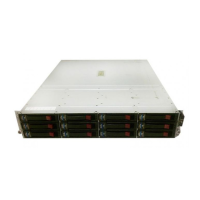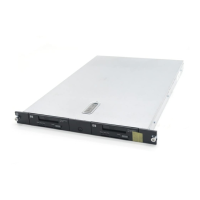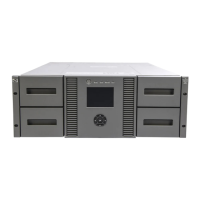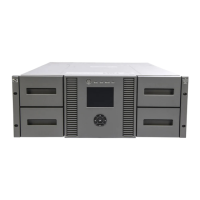Level 4: multiple fabrics and device paths (NSPOF)
Level 4 provides multiple data paths between servers and storage systems, but unlike level 3, the paths
connect to physically separate fabrics (Figure 15). This level ensures the highest availability with
NSPOF protection. If a switch, server HBA, or storage system path failure occurs, data is automatically
rerouted through the alternate fabric and there is no interruption in server I/O activity.
Level 4 minimizes vulnerability to fabric failures (for example, improper switch replacement, incorrect
fabric configuration settings, or a fabric service failure). Level 4 also provides the highest level of
performance and a higher number of available ports, since all fabrics can be accessed simultaneously
during normal operations.
Figure 15 Level 4: multiple fabrics and device paths (NSPOF)
.
Using two fabrics may increase implementation costs, but it also increases the total number of available
ports. For example, in a single meshed fabric with four switches, you have a maximum of 52 user
ports for servers and storage. Implementing the same topology using two fabrics increases the maximum
number of user ports to 104.
Considerations
When choosing a data availability level, you must consider:
• Cost
• Access to critical data
For mission-critical applications, HP recommends that you implement a level 4, fully redundant fabric
configuration. You can justify the additional cost if you consider the cost of losing access to critical
data.
SAN fabric topologies56

